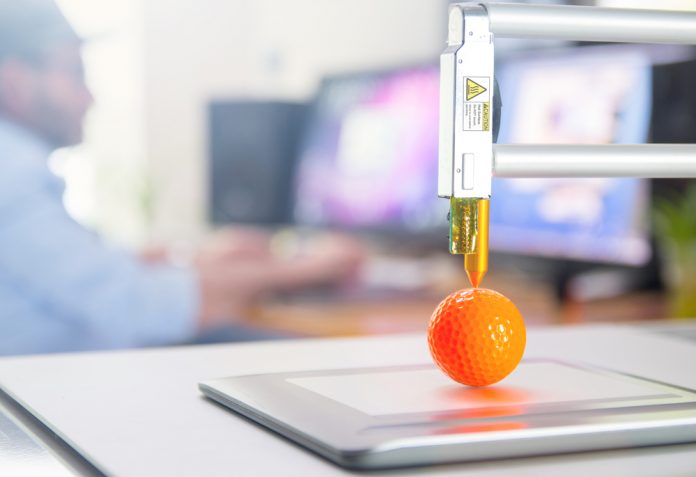The technologies used in the manufacturing industry today are lightyears ahead of what it used to be. Because of the various advancements, manufacturers have the ability to be innovative in more ways than one. Working in the manufacturing industry gives way to utilizing newer business models, developing new processes and services, and simply improving products and services that already exist.
This industry is one that’s always been at the forefront of exploring the newest technologies and in doing that, it has allowed this industry to impact other industries by way of producing higher quality goods at a faster pace and at a lower cost. These manufacturing innovations that are positively impacting other industries are due to the creation of application technology.
Application Technology Trends
The term “trends” is used very loosely in the manufacturing world. The term “trend” is used to describe a new innovation or fad that is only interesting or enticing for the moment or in other words, “here today and gone tomorrow.” The aspect of the word trend that is relevant in application technology is the newness of it.
Because technology is constantly changing, innovators are developing ways to improve existing technologies as well as develop new ones so that means that the manufacturing industry will always be evolving, so its evolution is definitely not something that will be gone tomorrow…
According to The Manufacturer, these processes can be quite time-consuming but the benefits are immediate, so it’s one of those instances where you just have to trust the process but it allows this industry to stay at the forefront of competition! Take a look at some of the latest application technology trends today.
Nanotechnology
Nanotechnology is a technology that was first seen in the aerospace industry but it’s now being used in the manufacturing industry to produce materials for boats, cars, and various sporting equipment. Another area of nanotechnology is the nanostructured catalysts. Processes in this arena are more efficient in chemical manufacturing by way of saving energy and cutting back on waste.
Additive Manufacturing
Additive manufacturing is a fancy word for 3D printing. This process was originally created and developed in the 80s but later grew in popularity here recently. The technique associated with additive manufacturing is called cold spraying. This is a process involving spraying metallic particles through a nozzle at fast speeds that bind those particles together to form various shapes in various sizes.
This cold spraying process is done layer by layer, controlled by a computer and the finished product is an exact replica of an original design. The idea of such a process just screams dollar signs, meaning it’s very expensive, and it really is but due to the several advancements made in the industry, prices have dropped, allowing more businesses to afford additive manufacturing. In the manufacturing industry, this is the most cost-effective way to manufacture replicas of custom parts and products.
Internet of Things aka “IoT”
The world we live in today is unimaginable without our smartphone and many can’t fathom life before the smartphone… The use of smartphones is due to smart manufacturing facilities. In the manufacturing industry, the future of IoT will take a piece of equipment and give it the ability to communicate with other pieces of equipment in various operating conditions by way of computerized manufacturing machinery and the internet, of course.
If a problem is found, notifications will be sent out to the devices and process adjustments will be made. This whole process sounds pretty amazing, right? Well, it is and that’s what will be happening in the IoT world of manufacturing. This technology not only reduces downtime and waste but it also improves quality and will provide a multitude of new types of jobs and positions for the manufacturing industry.
Keeping Up with the Times
In the manufacturing industry, technology is clearly not what it used to be, as mentioned earlier and human interaction to the technologies have been reduced to simply pressing a button(in some cases, not all) but because these advancements are happening at such a rapid pace, it’s vital for businesses to be able to keep up with the changes and advancements technology throws at you.
In order to keep up, you have to have a forward-thinking approach and cannot be intimidated by change. These processes are developed to create speed, cut costs, and enhance precision and if you’re able to keep up and pay attention, you’ll see just how far these advancements will take the manufacturing industry.
Find a Home-Based Business to Start-Up >>> Hundreds of Business Listings.

















































